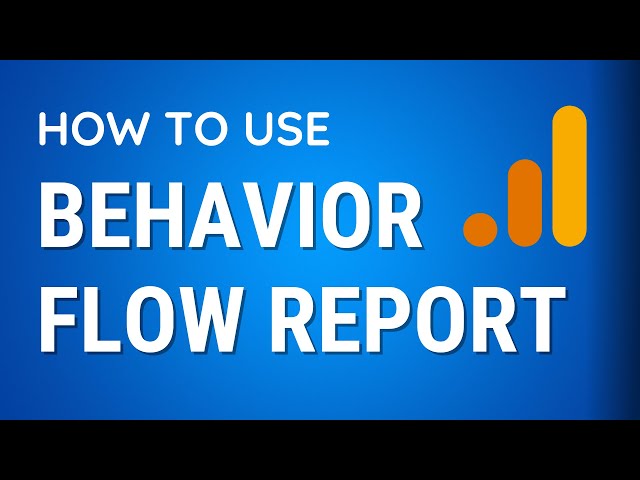
10 Effective Ways to Use Google Analytics for Boosting Website Performance
Are you eager to understand how to use Google Analytics to track Website Performance? This powerful tool can be your best guide to understand your website’s strengths, weaknesses, and areas for improvement. In this article, we’ll explore 10 vital ways to utilize Google Analytics effectively.
Before we dive in, it’s crucial to understand what Google Analytics is. It’s a free tool provided by Google that helps you track and analyze your website’s-traffic. Now, let’s jump into how to use Google Analytics to track your website’s performance.

1. Set Up Your Google Analytics Account For Website Performance
The first step is setting up your Google Analytics account. After that, you’ll need to add your website as a property within the account. It might sound complicated, but it’s quite simple!
2. Understand Your Audience
Google Analytics provides you with a detailed look at your audience. You can see where they are from, what devices they use, and even their interests. This data is crucial for tailoring your website’s content and design to your audience’s preferences.
3. Track Bounce Rates
A high bounce rate can indicate that visitors aren’t finding what they’re looking for on your website. Google Analytics allows you to track this metric and identify pages that need improvement.
4. Analyze Traffic Sources
Understanding where your traffic comes from can help you optimize your marketing strategies. Google Analytics shows you whether visitors found your site through search engines, social media, direct entry, or other websites.
5. Monitor Page Load Times
Slow page load times can frustrate visitors and lead them to leave your site. Google Analytics helps you monitor this aspect and identify pages that need speed optimization.
6. Set Up Goals
Goals in Google Analytics allow you to track specific actions taken by your website visitors, like making a purchase, filling out a form, or spending a certain amount of time on a specific page. Setting up goals is key to understanding how well your site is meeting its objectives.
7. Use Behavior Flow Report

The Behavior Flow report shows the path visitors take through your site. This valuable information can help you identify popular content and potential roadblocks that might be causing visitors to leave.
8. Measure Conversion Rates
Conversion rates tell you how many of your visitors complete a desired action, like making a purchase or signing up for a newsletter. Google Analytics makes it easy to track these critical metrics.
9. Track Campaign Website Performance
If you run marketing campaigns, Google Analytics can help you understand how well they’re performing. You can track metrics like click-through rates and conversions for each campaign.
10. Use Custom Reports
Finally, Google Analytics allows you to create custom reports for specific data that you want to track regularly. This feature can save you a lot of time and provide you with insights tailored to your unique needs.
Remember, learning how to use Google Analytics to track website performance is a journey, not a destination. Keep experimenting, learning, and refining your approach to get the most out of this valuable tool.Now that we’ve covered the basics, let’s answer some frequently asked questions.

FAQ
1: Can I use Google Analytics on any website? Yes, Google Analytics can be used on any website, as long as you can add the necessary tracking code to your site’s HTML.
FAQ 2: Is Google Analytics free to use? Yes, the standard version of Google Analytics is completely free to use.
FAQ 3: Can Google Analytics track individual users?
No, Google Analytics does not track individual users. It aggregates data to provide insights about your overall website traffic and user behavior.
By now, you should have a good understanding of how to use Google Analytics to track website performance. It’s time to dive in and start exploring all these features on your own. Happy analyzing!



